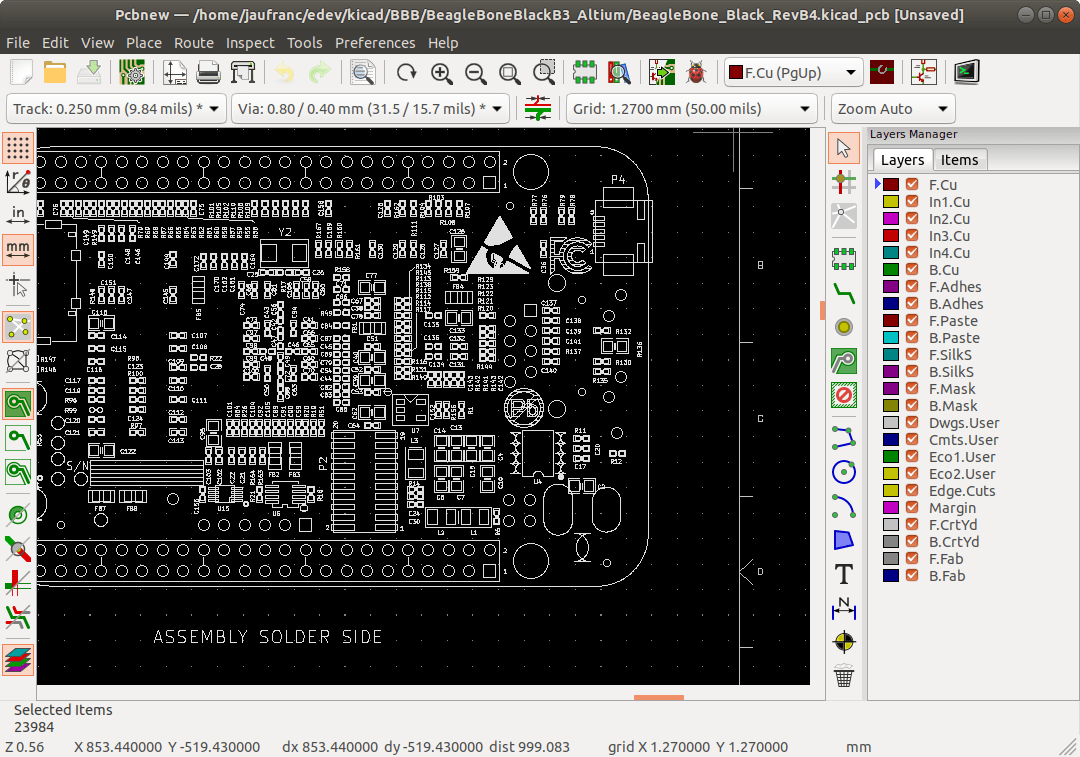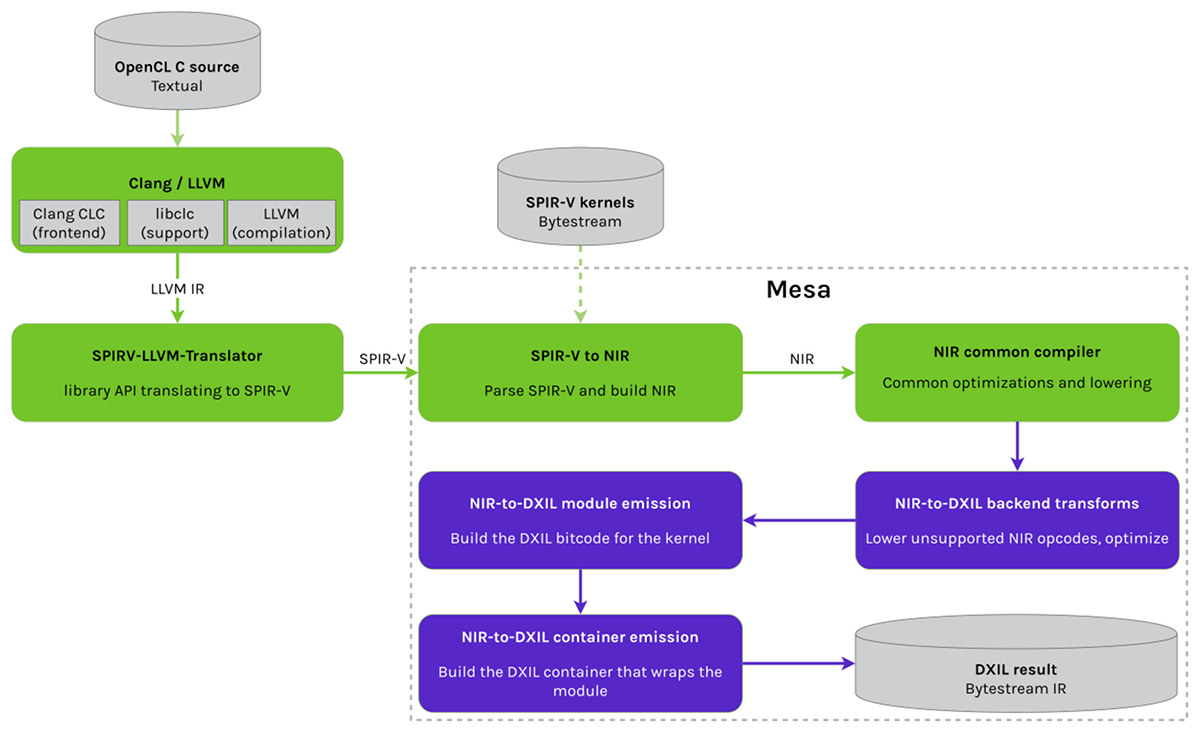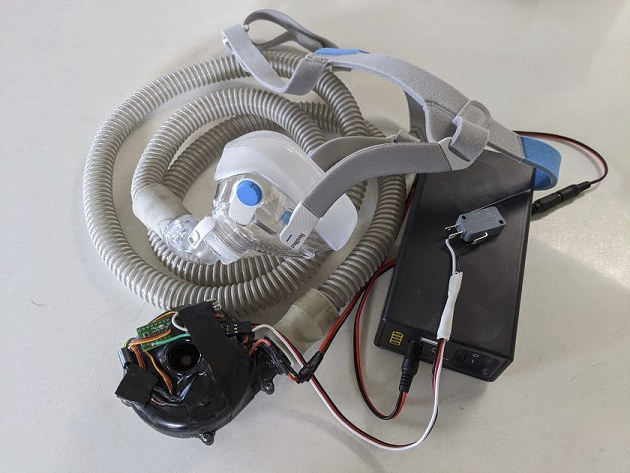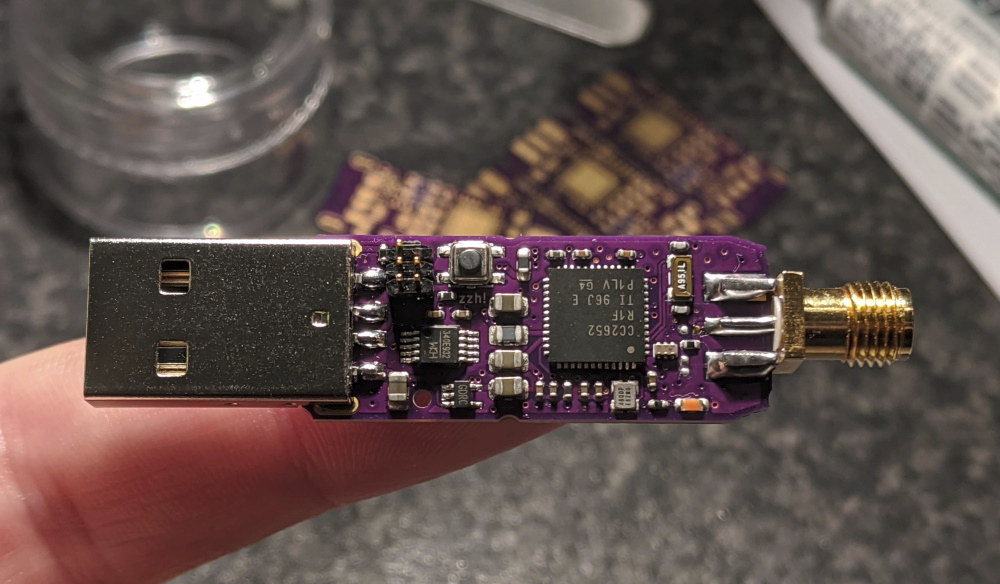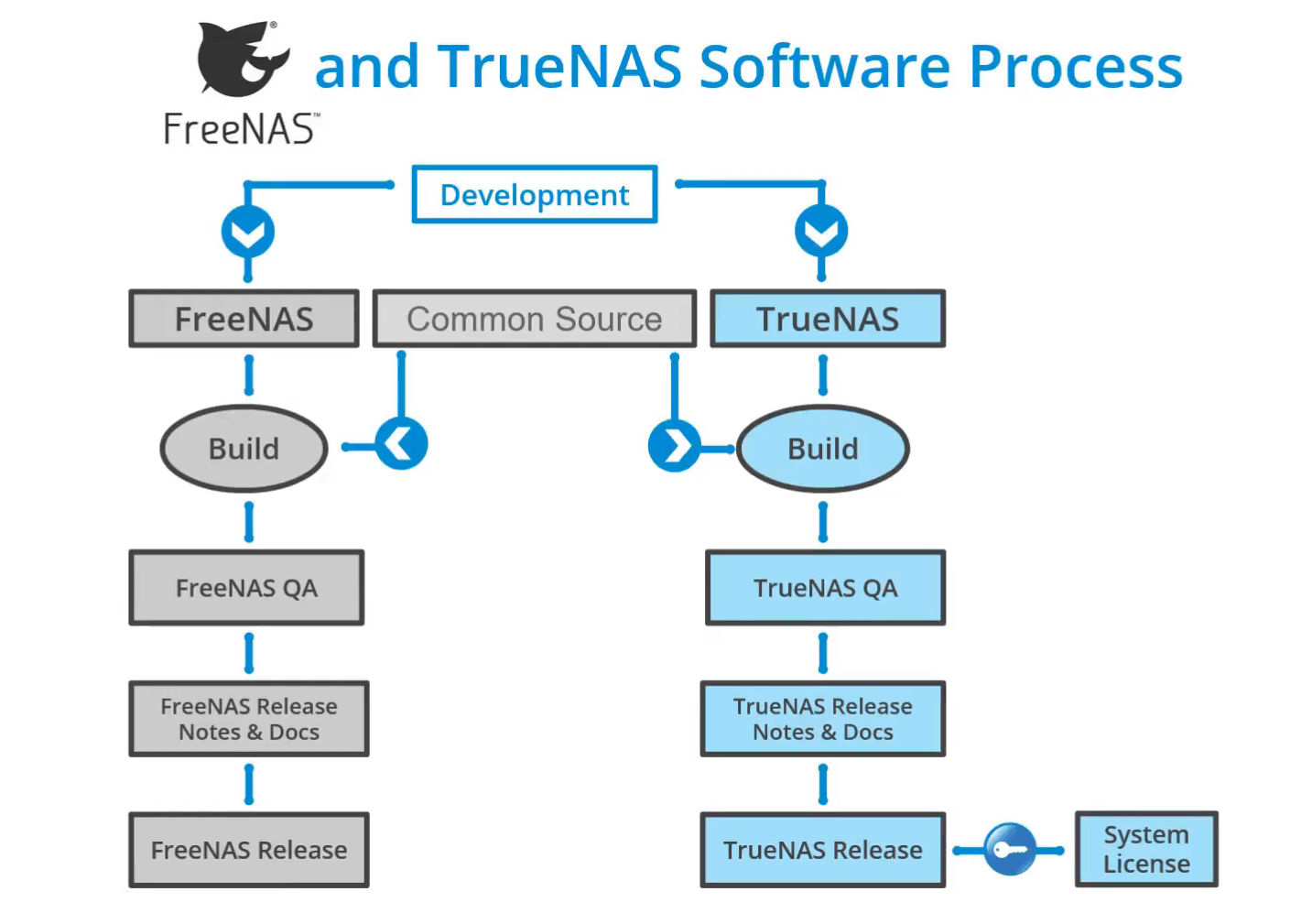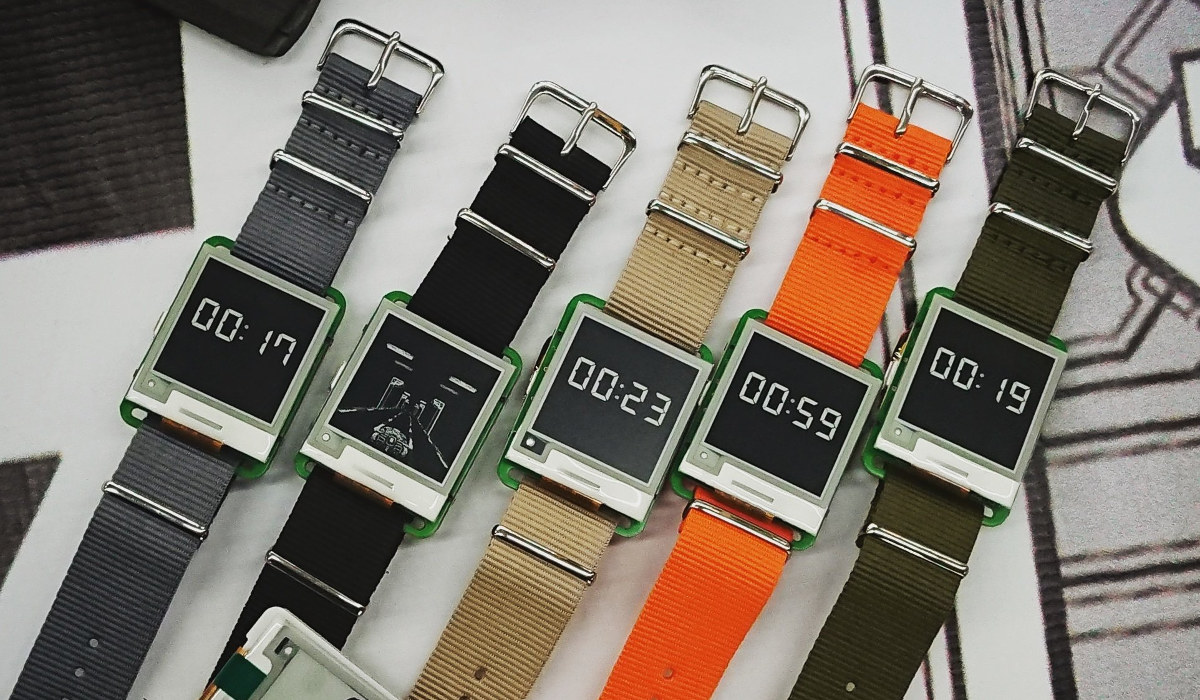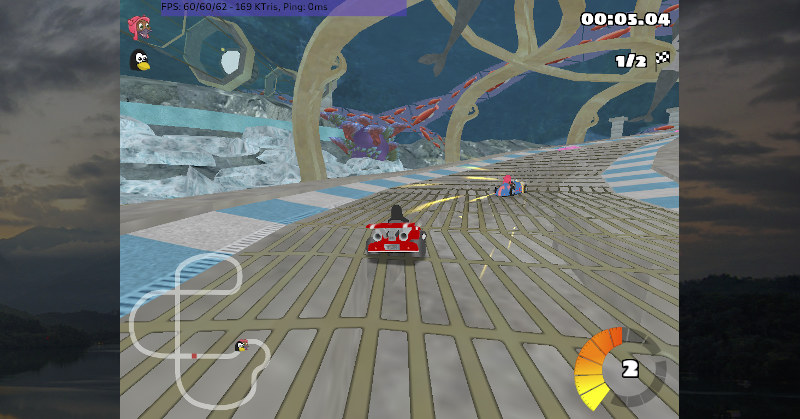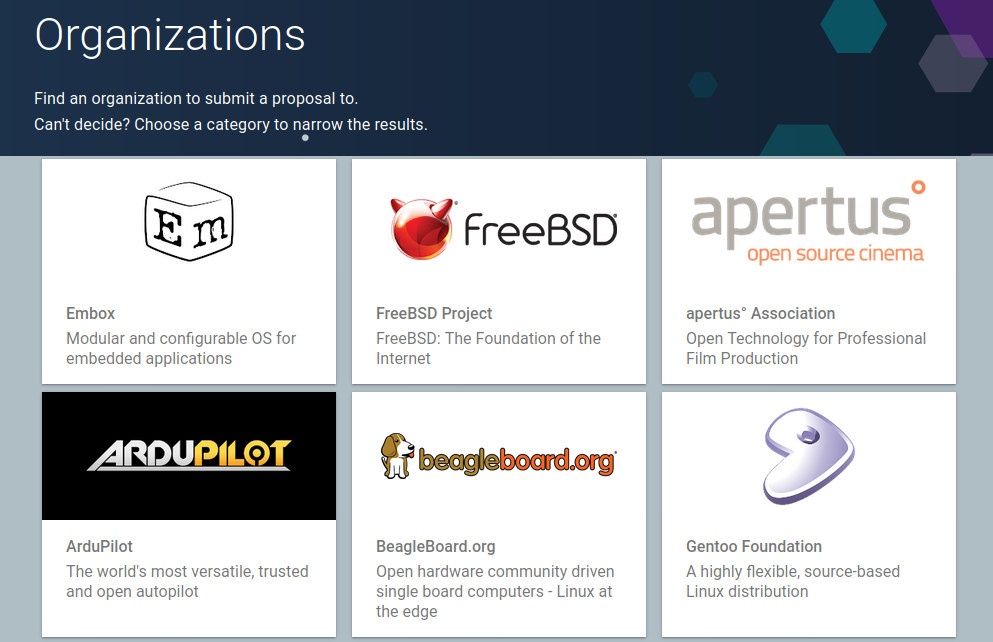KiCad open-source EDA (Electronics Design Automation) suite software is now very popular, and many new projects are designed with the utility. AFAIK, some companies like Olimex switched all their new designs to KiCAD. But since many schematics and PCB layouts have been designed with other tools like EAGLE, Orcad Allegro, or Altium PCB design tools, it would be nice to be able to import those designs into KiCad. Converters have been around for a long time but when I tried to convert Beagleboard-xM OrCAD schematics to import them in KiCAD back in 2012, the results were really awful and unusable. But I recently saw a tweet saying it’s now possible to import Altium files into KiCAD. Finally, importing #altium boards into #kicad is only one click away (in the developer version). This allows to view and edit #opensource #hardware which was designed with #proprietary software, and thus, in fact, not […]
Collabora & Microsoft to Bring OpenCL 1.2 and OpenGL 3.3 to DirectX 12 enabled Windows Devices
Collabora has been working on open-source graphics projects for a while, including Panfrost open-source drivers for Arm Midgard and Bitfrost GPUs which got experimental OpenGL ES 3.0 support earlier this year. But the company has also been working with Microsoft in order to provide an OpenCL 1.2 & OpenGL 3.3 translation layer for Windows devices compatible with DirectX 12. Their solution relies on Mesa 3D OpenCL and OpenGL open-source implementation with three main components: an OpenCL compiler using LLVM and the SPIRV-LLVM-Translator to generate SPIR-V representations of OpenCL kernels. The data goes through an SPIR-V to NIR translator (NIR is Mesa’s internal representation for GPU shaders), and finally to NIR-to-DXIL generating a DXIL compute shader and metadata understood by DirectX 12 (D3D12) a custom OpenCL runtime to do a direct translation of DirectX 12 (Not based on Mesa Clover implementation) a Gallium driver that builds and executes command-buffers on the […]
An Arduino based Open Source Ventilator to Fight against COVID-19?
COVID-19 has disrupted most people lives well beyond the health crisis, with an economic fallout on-going that may lead to a 24% GDP contraction in the US and up to 12% worldwide in Q2 2020, and I assume the consequences may span over several years, so we should do everything to mitigate any effects from the disease. Right now, the urgent part is to handle the health crisis, and there’s a shortage – or soon will be – of medical supplies such as ventilators for people in critical conditions, and if hospitals become full they’ll start refusing admissions of some people even in critical conditions, as it happened in Wuhan, letting people die at home. So there are various initiatives and projects to develop open-source ventilators. First, Innovation Management reports Ennomotive has launched a non-profit online competition for the ideation of low-cost, easy-to-build solutions with the goal of speeding up […]
Electrolama to Launch 802.15.4/Zigbee USB Dongle and Raspberry Pi “HAT”
Electrolama (@omerk and friends) has been working on two open-source hardware 802.15.4/Zigbee projects with “zig-a-zig-ah” (aka “zzh”) USB stick based on Texas Instruments CC2652R SimpleLink multi-standard wireless MCU and Zoe (Zigbee + Poe) development board based on Raspberry Pi HAT form factor and powered by TI CC2530 SimpleLink 2.4 GHz SoC alongside CC2592 range extender. Both boards are released under an Apache-based Solderpad Hardware License 2.0, and target users of the Zigbee2MQTT project. The boards could soon also get native support in Home Assistant via the “zigpy-cc” library which adds support in ZHA (Zigbee Home Automation) integration component. Zig-a-zig-ah USB Stick Preliminary specifications: WiSoC – Texas Instruments CC2652R SimpleLink multi-standard wireless MCU with support for Thread, Zigbee, Bluetooth 5 Low Energy, IEEE 802.15.4g, 6LoWPAN, and proprietary systems. (Note: CC2652RB is also considered as it does not require an external crystal oscillator) Host Interface – USB via CH340 USB-UART bridge Misc […]
FreeNAS Operating System Becomes TrueNAS CORE
So far, iXsystems managed two FreeBSD based operating systems for network access storage (NAS): devices: FreeNAS an open-source version supported by the community, and TrueNAS with more enterprise-grade features and commercial support working on the company’s hardware of the same name (TrueNAS flash-powered arrays). Even though lots of the code was shared, the company found out that maintaining both projects separately negatively affected the development efficiency and quality of the software since they had to maintain two build processes, two QA processes, and two sets of documentation. The situation is illustrated in the diagram above, but the company has decided to work on improving the development process, and FreeNAS and TrueNAS will share the same build, QA processor, documentation and even release starting with TrueNAS 12. That means there will be a single binary with two versions: TrueNAS CORE previously known as FreeNAS, without the need for license keys, and […]
$55 Watchy Smartwatch Combines ESP32 WiFi & Bluetooth SoC with E-ink Display
SQFMI has designed a (mostly) open-source hardware smartwatch based on an ESP32-S wireless module for WiFI and Bluetooth connectivity, and equipped with an E-ink display of 200×200 resolution. Watchy also comes with a BMA423 accelerometer, four buttons, a DS3231 real-time clock, and a vibration motor. The watch should last around 2 weeks on a charge. I mentioned the watch is “mostly” open source hardware because while the GERBER files, bill of materials (BoM) and the PDF schematics have been released on Github, the KiCAD schematics and PCB layout files have not so far. That still means you can understand the design, repair the design, or even make your own, but if you intended in modifying the design, you’d have some more work to do. Tom Fleet, writing for Hackster.io, does go through different sections of the schematics and explain what they do. One the software side, the watch can be […]
Panfrost Open-Source Arm Mali GPU Driver Gets Experimental OpenGL ES 3.0 Support
Panfrost is the open-source driver being developed for Arm Midgard and Bitfrost GPUs. The first versions focused on support for OpenGL ES 2.0, but the more recent OpenGL ES 3.0 enables faster and more realistic rendering. The goods news is that Panfrost support for experimental OpenGL ES 3.0 has landed in Mesa according to a recent post on Collabora blog. Specifically, Panfrost now supports instanced rendering, primitive restart, uniform buffer objects, 3D textures, and multiple render targets (on Mali T760 and up) all of which are OpenGL ES 3.0 features. People who are not into graphics development may not know about the purpose of those features, but Alyssa Rosenzweig, a free software graphics hacker leading Panfrost, explains: … instanced rendering and primitive restart allow developers to write faster graphics applications, to render efficiently scenes more complex than possible in ES 2.0. … uniform buffer objects and 3D texture give developers […]
Google Summer of Code 2020 Mentoring Organizations Announced
Every year Google organizes the Summer of Code inviting students to work on open-source projects and even get paid for it. The company first select mentoring organizations, before accepting applications from students. Google has now announced the 200 organizations/projects that have been selected for Summer of Code 2020. Many projects are higher-level software development such as web development or desktop programs development but there are also projects closer to the hardware-side of things with operating systems and multimedia projects. Some interesting organization and/or projects part of the audio / graphics / video / multimedia category include: apertus Association developing AXIOM open-source hardware camera FFmpeg multimedia framework to decode, encode, transcode, de/mux, stream, filter & play audio and video stream found in many projects OpenCV Open Source Computer Vision Library for computer vision and deep learning applications. XOrg foundation for X Window System and related projects such as Mesa, DRI, Wayland, […]


